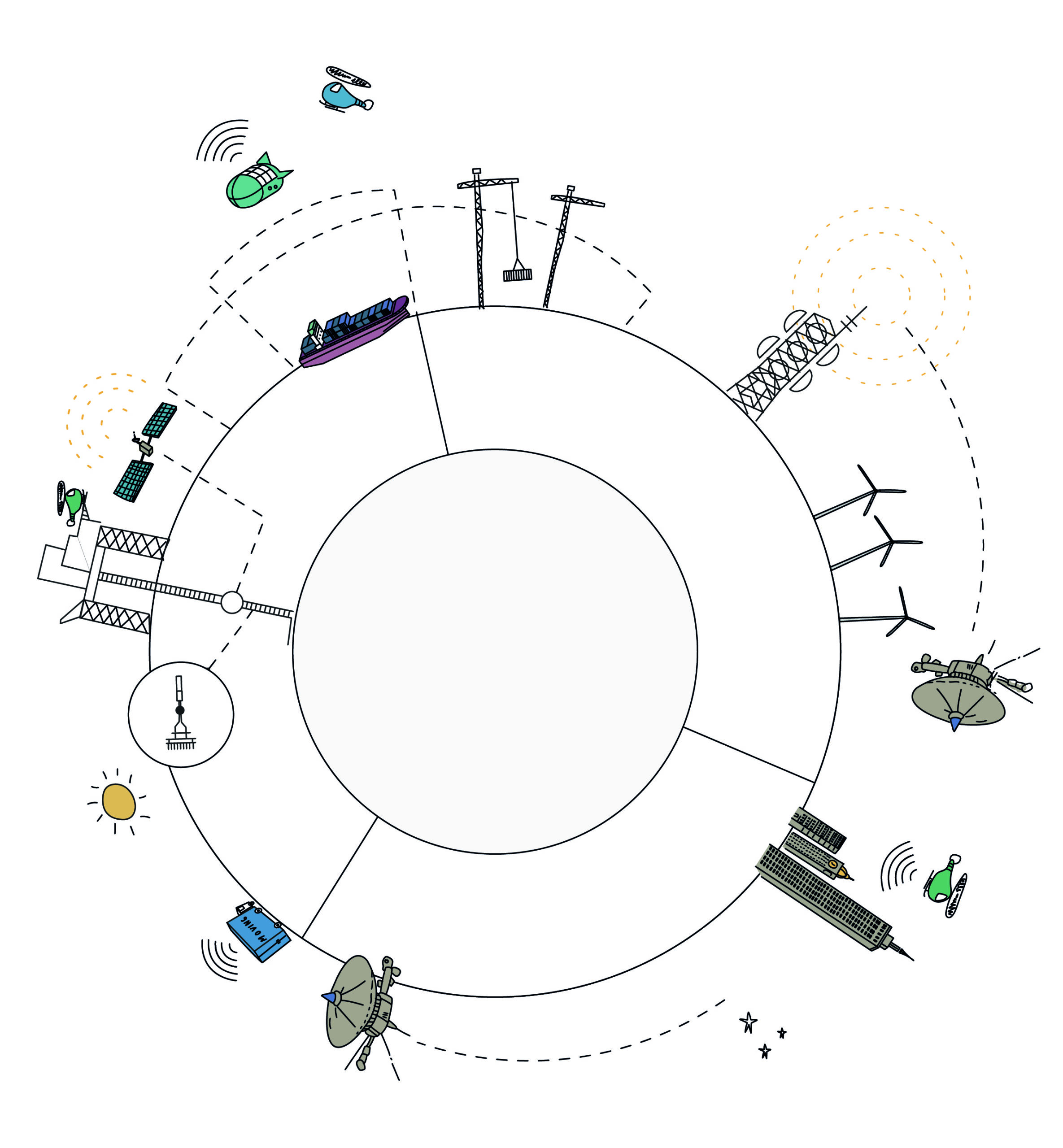In this section, we provide some short Q&As to help those unfamiliar with standardised technologies and/or intellectual property (IP) understand some of the basic terminology and processes associated with so-called Standard-Essential Patents (SEPs).
Before asking what is a standard-essential patent (SEP), it is useful to first understand what both a standard and a patent are.
Q1. What is a standard?
There is no one definition for a standard. However, a standard may be understood as something that becomes widely adopted in a market where conformance to it provides certain assurances of compatibility. In technical industry, standards are typically created by industry experts developing a common technical platform enabling some level of interoperability that benefits the industry in some way. Such standards will usually exist as one or more technical documents/specifications with which product designers should conform for the sake of compatibility. Common examples can include relatively simple technologies, such as the VESA standard for televisions, to extremely complex ones existing as sets of hundreds of technical specifications, such as the modern cellular communication standards, e.g. 4G and 5G.
Technical standards are usually created by groups of companies and research groups whose engineers contribute technical solutions to meet the goals of the standard. It is usually a competitive process whereby only the best technical solutions contributed are chosen by the consensus decision-making process of the other experts to be included in the standard.

Q2. What is a Standard Development Organisation (SDO)?
Technical standards are nearly always created within an organisation set up for the purpose of developing standards, which are generally referred to as standard development organisations (SDOs). Examples of SDOs include the International Standards Organisation (ISO) and the European Telecommunications Standards Institute (ETSI). There are hundreds of other similar bodies existing around the world, each with their own technical interests, rules and processes.
Q3. What is a patent?
Patents, including standard-essential patents, are exclusionary rights granted on a national basis to someone for something have invented which is both new to the current state of the art and inventive over the state of the art. The patent puts the invention in the public domain so others can use or implement it in their own products in exchange for a reasonable fee.
The patent itself is a document which contains a description of the invention and a set of claims which state the breadth of the claimed rights. It enables the owner of the patent to seek a court order to prevent someone else using their claimed invention without permission (i.e. a licence) and/or to claim monetary compensation for the infringing use. Therefore if someone uses the invention, which may be a product or process of doing something, in a manner which falls within the scope of the claim, then it will infringe the patent.

Q4. What is a standard-essential patent?
Some standards seek not only to standardise a technology for wide adoption, but also to improve on older existing standards. This will therefore often entail the creation of new technologies to meet the goals of the standard, for example increased data speeds on a cellular network or improved compression rates for video streaming. As such, it is likely that the standard will require new technologies, often developed and invented during the creation of the standard itself by one or more of the participants to the creation process.
A patent whose claims would be infringed by an implementation of the standard in a product or service is commonly referred to as a “standard-essential patent” or “SEP”. Many SDOs have their own particular definition of what constitutes an “essential patent” or “necessary claim” for the purposes of their IPR Policy. For more detail, please see our dedicated page on SEPs.
